1. Hungry Ghost Festival in China
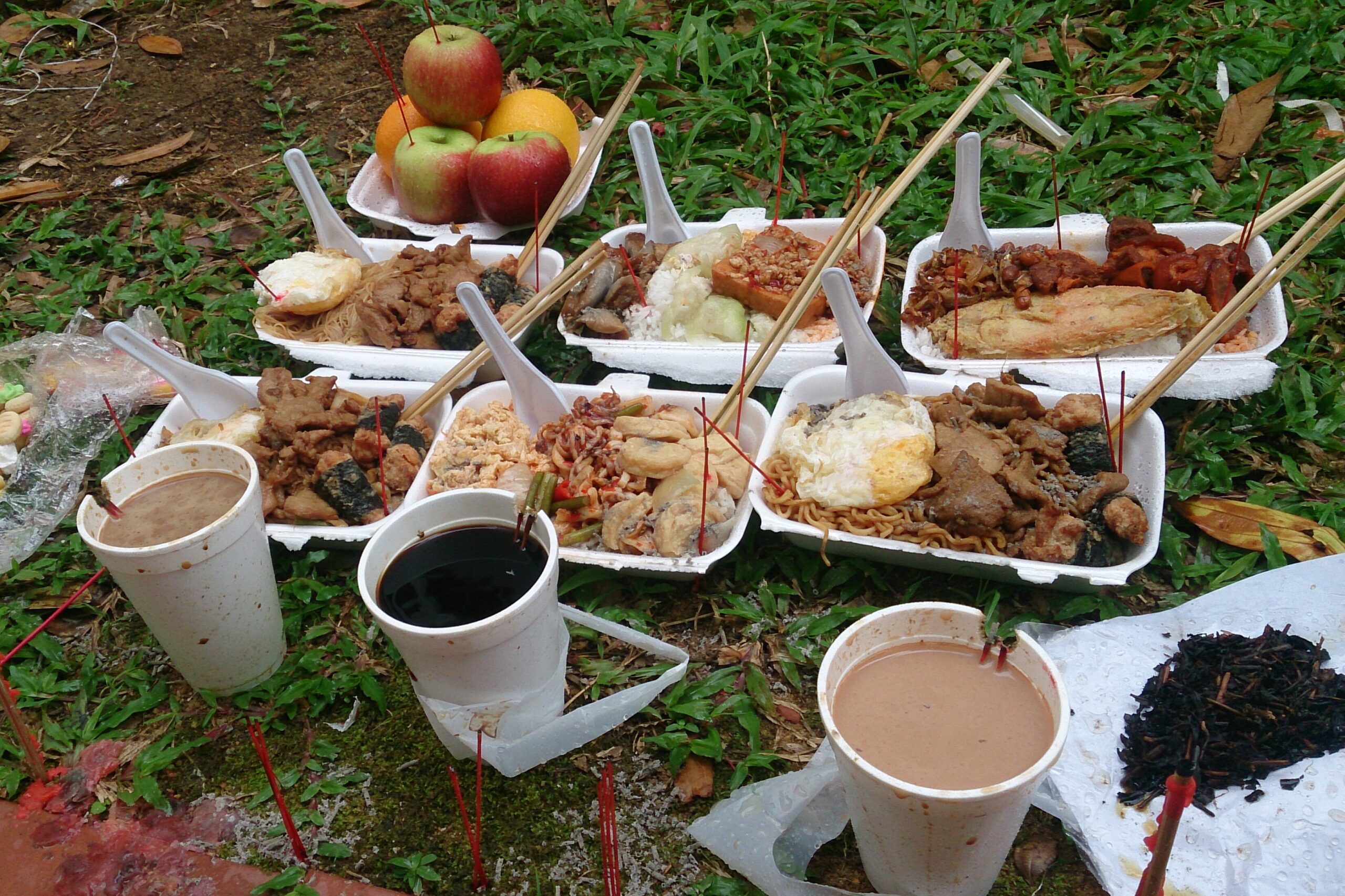
Every year, parts of China celebrate the Hungry Ghost Festival, where it’s believed that restless spirits roam the earth in search of food and attention. Families prepare offerings of rice, meat, and fruits, placing them outside their homes to keep these wandering souls satisfied. Paper money and even paper houses or clothes are burned so that the dead can use them in the afterlife. It’s a tradition that mixes reverence with a bit of fear, since nobody wants to anger a hungry ghost.
The streets can take on a surreal look, filled with incense smoke and candlelight. People often avoid swimming or staying out too late during the festival because the spirits are said to cause accidents. While it’s a way to honor ancestors, it’s also a reminder of how closely daily life is tied to the unseen world. The mood is respectful but undeniably eerie.
2. Día de los Muertos in Mexico
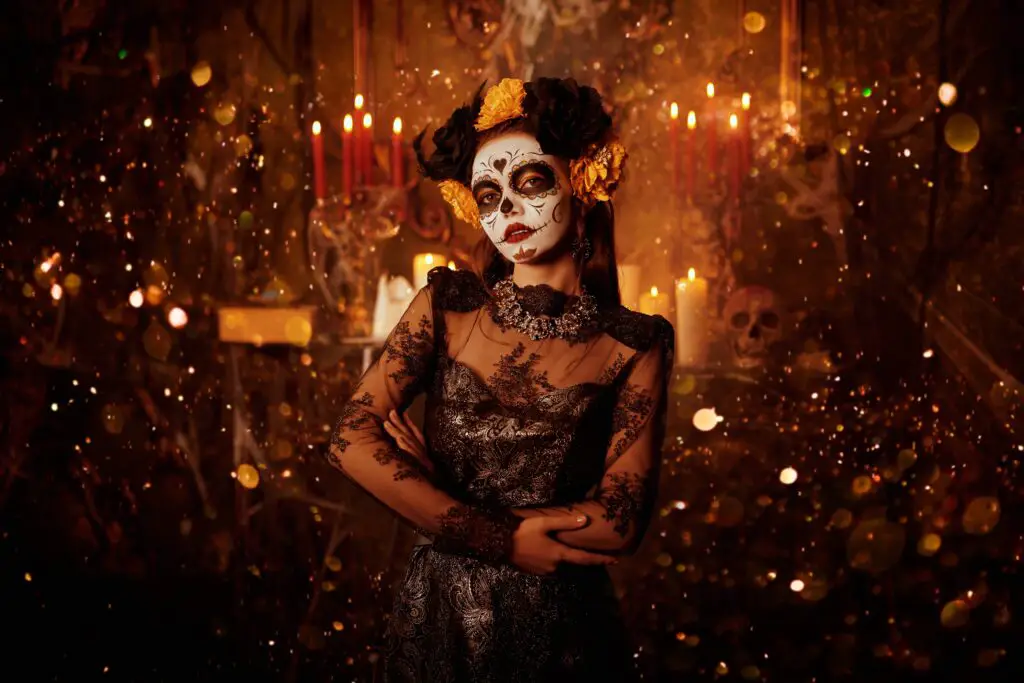
While often described as a joyful holiday, Día de los Muertos carries spooky undertones. Families build colorful altars, called ofrendas, filled with marigolds, sugar skulls, and photos of loved ones who have passed. The belief is that the dead return to visit the living, which is comforting but also a little unsettling when you think about it.
The nighttime vigils in cemeteries are hauntingly beautiful, with candles glowing beside gravestones. Skeleton imagery is everywhere, reminding everyone that death is never far. Even though the atmosphere is celebratory, the idea of inviting spirits back into your home for two days each year feels like crossing into another realm. It’s a mix of warmth and spookiness that makes the tradition unforgettable.
3. Samhain in Ireland and Scotland
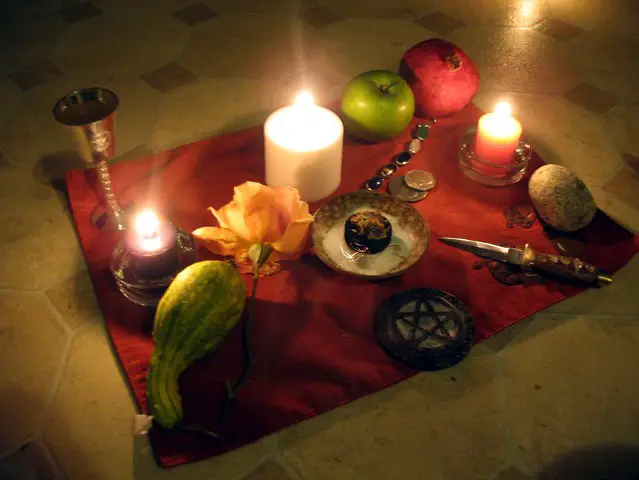
Long before Halloween, there was Samhain, a Celtic festival marking the end of harvest and the start of winter. People believed the veil between the living and dead was thinnest on this night, so they lit bonfires to ward off harmful spirits. Masks and costumes were worn to confuse whatever wandered too close.
Food and drink were left outside as offerings to appease fairies and the dead alike. The thought of invisible beings sharing your space could send chills down anyone’s spine. Even though Samhain has transformed into modern Halloween, its origins remain steeped in fear and fascination with the afterlife. It’s a tradition that shows how humans have always tried to manage their unease with death.
4. Obon Festival in Japan
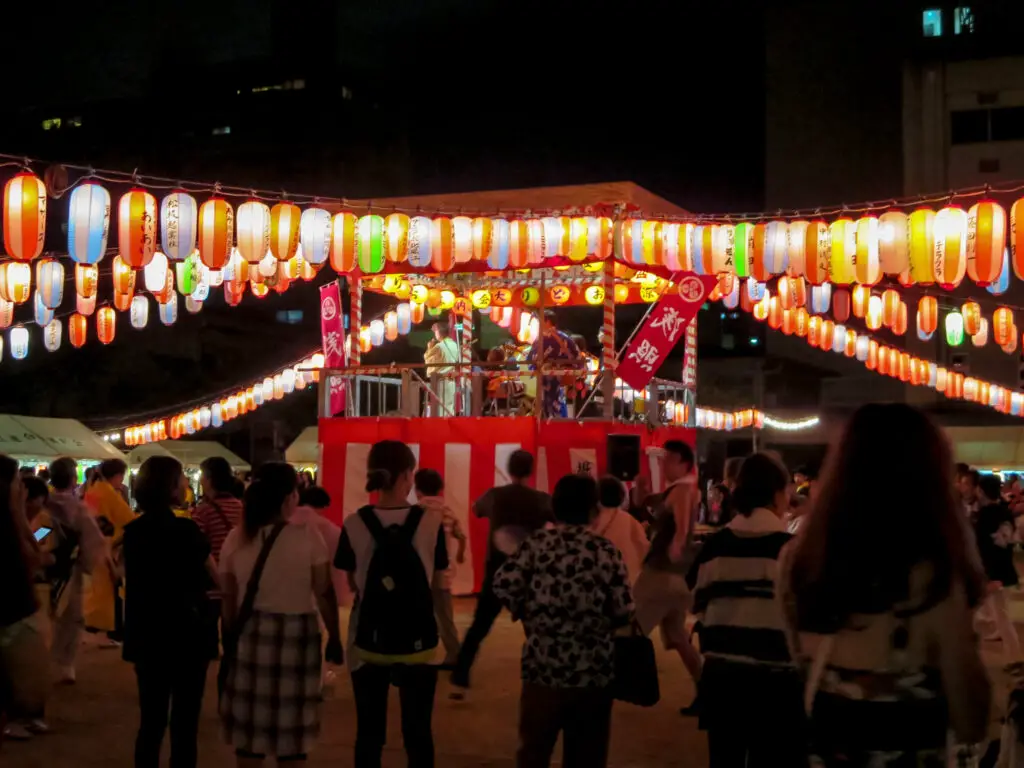
The Obon Festival is meant to honor deceased ancestors, and it’s believed their spirits return home during this time. Families hang lanterns to guide them back, and at the end, paper lanterns are floated on rivers or seas to send them away again. The image of hundreds of glowing lanterns drifting silently in the dark water is beautiful but also otherworldly.
Some areas even stage bon odori dances to welcome spirits. But many people avoid fishing or swimming during Obon because of fears that spirits could pull them under. It’s both a family reunion with the dead and a reminder of how fragile the boundary is between the living and the spirit world. The sense of closeness to ghosts gives the festival a spooky edge.
5. The Night of Radishes in Mexico
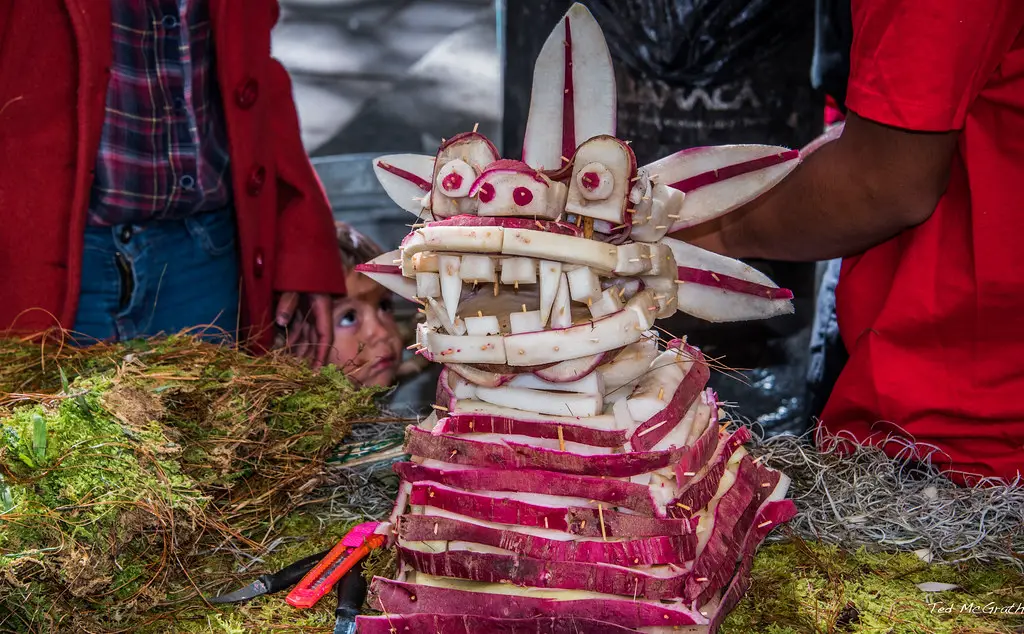
At first glance, carving radishes might not sound spooky, but the Night of Radishes in Oaxaca takes on eerie qualities. Artists carve massive radishes into detailed figures, many of which depict skeletons, demons, or ghostly scenes. As the sun sets, the displays seem almost alive, lit by candles and surrounded by hushed onlookers.
The tradition is rooted in combining local creativity with Catholic celebrations, and the results can be unsettling. Walking among rows of twisted, red-skinned vegetables turned into monsters feels like stepping into a living nightmare. It’s playful, yes, but also deeply haunting when you see just how lifelike some of the carvings are. The odd mix of food and fear is unforgettable.
6. Chuseok in Korea
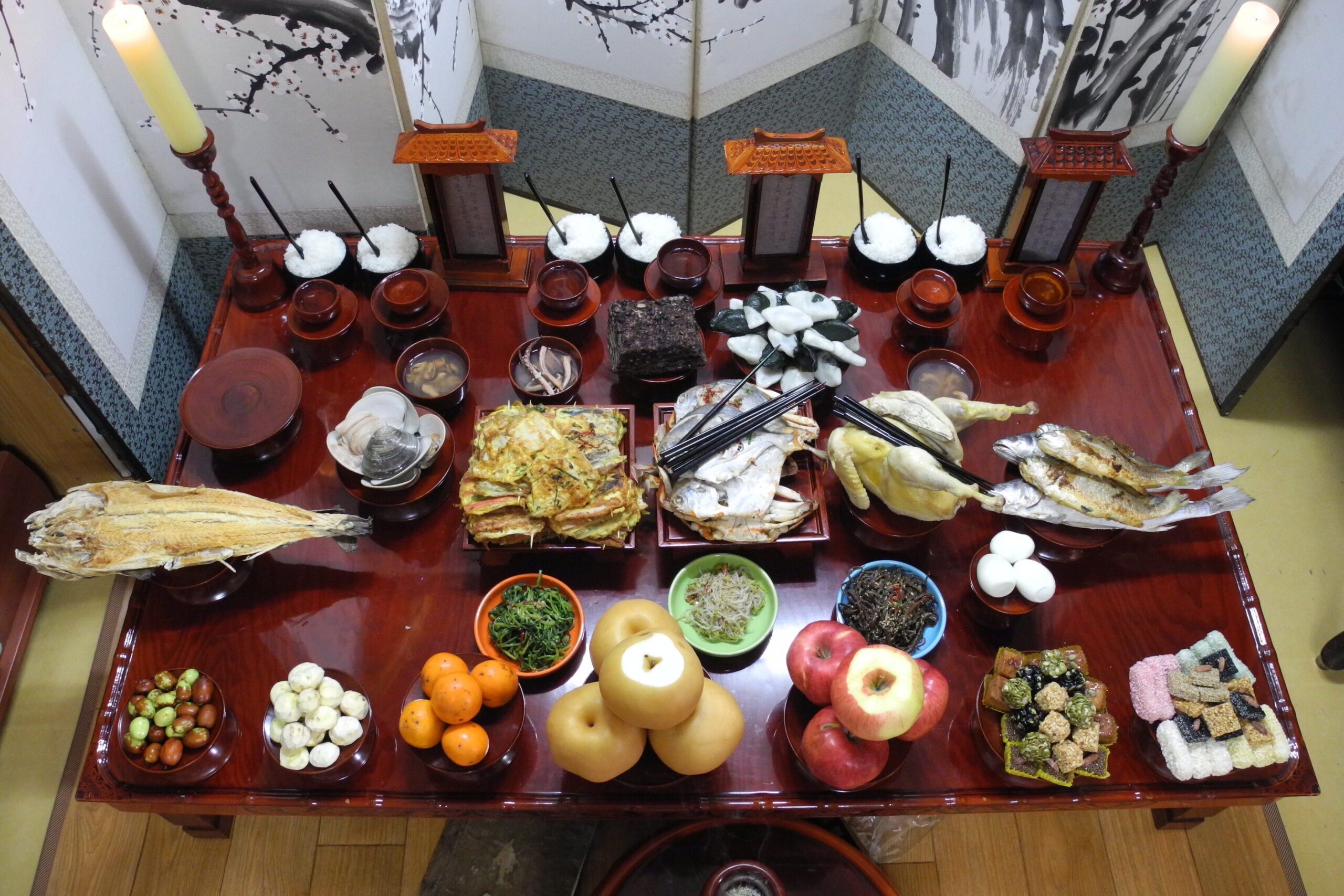
Chuseok is a harvest festival, but it carries its own spooky elements. Families visit ancestral graves to clean them, offer food, and perform rituals to honor the dead. It’s a moment when people believe their ancestors are watching closely.
The act of setting out plates of food for invisible guests can feel unsettling. Stories about restless spirits and bad luck if traditions aren’t followed add to the unease. While much of Chuseok is about gratitude and family bonding, the underlying fear of displeasing those who have passed gives it a chilling twist. It’s both comforting and spooky all at once.
7. The Day of Dracula in Romania
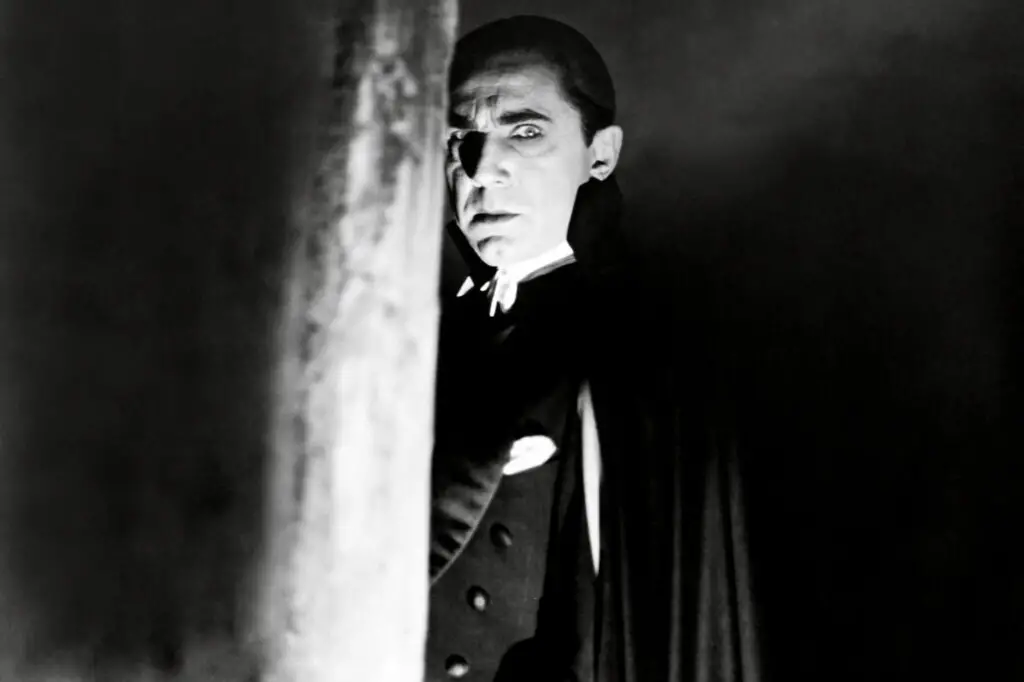
In Transylvania, Dracula isn’t just a fictional character, he’s practically part of folklore. Every May, some Romanians and curious travelers gather to honor Vlad the Impaler, the historical figure behind the Dracula legend. Events include midnight tours of Bran Castle and costumed celebrations.
Locals tell chilling tales of Vlad’s brutal methods, blending history with legend. Being in the shadow of the Carpathian Mountains, where the mist rolls in and bats dart overhead, makes the stories feel real. Tourists often feel like they’ve stepped into a Gothic horror novel. The tradition keeps a centuries-old fear alive, making Romania the spookiest of destinations.
8. Pitru Paksha in India
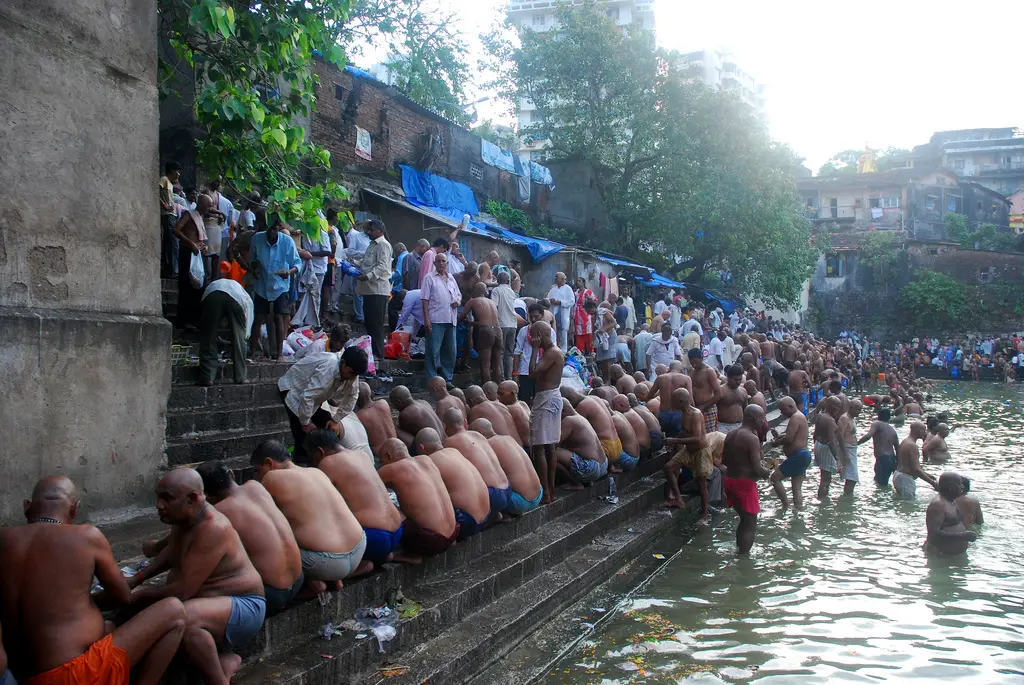
During Pitru Paksha, Hindus honor their ancestors with food offerings, believing that the dead need nourishment in the afterlife. Families prepare rice balls called pindas and perform rituals by rivers or lakes. The idea is that if the spirits are neglected, they may become restless and bring misfortune.
The ceremonies often take place at dawn, adding to the quiet, eerie mood. Chanting and water rituals create an atmosphere that feels like stepping into another world. While it’s done out of love and respect, the underlying fear of angering ancestors gives it a spooky element. It’s a reminder that the past never truly leaves the present.
9. All Saints’ Day in Poland
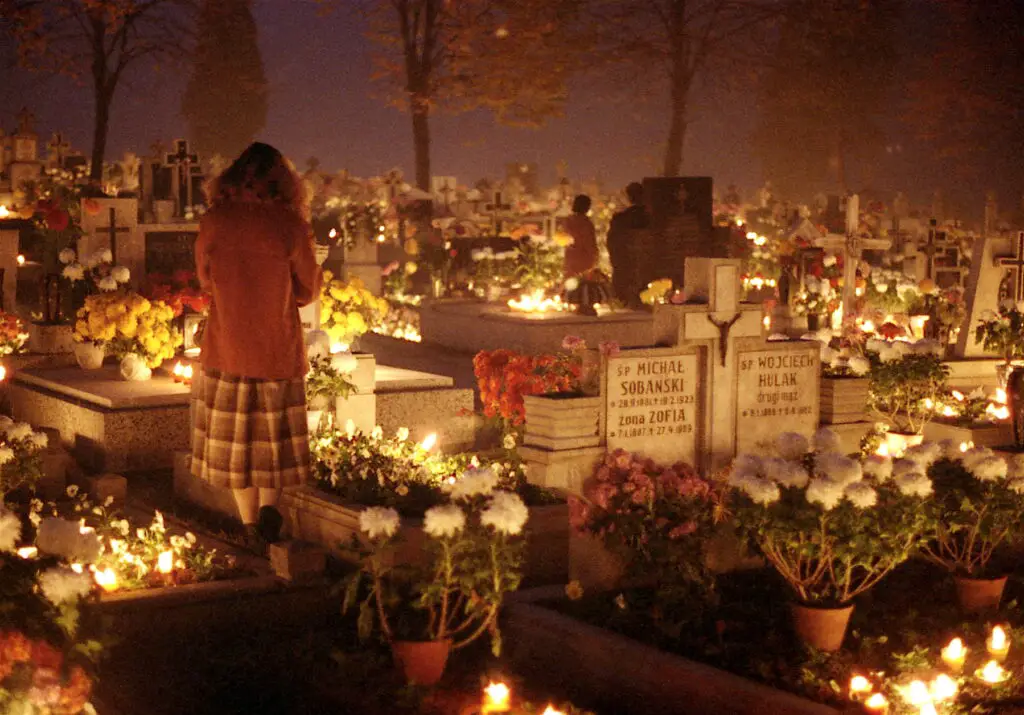
In Poland, All Saints’ Day transforms cemeteries into glowing seas of candlelight. Families gather to remember their dead, but the sheer number of flickering lights among the tombstones creates an eerie sight. The air fills with the smell of wax and flowers, and the silence of the crowds adds to the ghostly mood.
Locals say it’s the one night of the year when the dead are closest to the living. Walking through the cemeteries feels like being surrounded by spirits. While it’s meant to be peaceful, the overwhelming atmosphere can give you chills. It’s a hauntingly beautiful tradition that leaves a lasting impression.
10. Pchum Ben in Cambodia
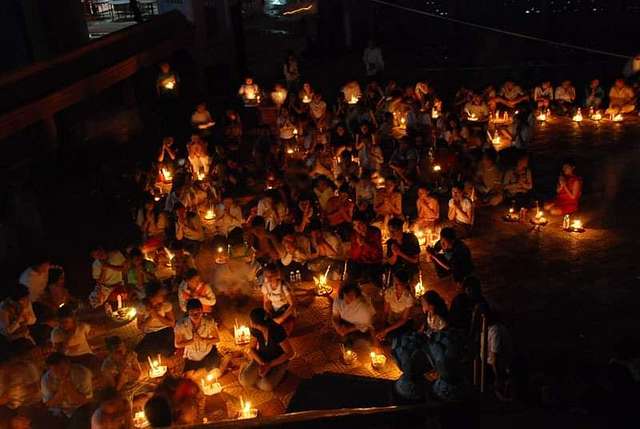
Pchum Ben is a 15-day festival when Cambodians believe the gates of hell open. Hungry ghosts with big bellies and tiny mouths wander the earth, searching for food. To appease them, families offer rice and other items at temples.
Monks chant through the night, and the idea of spirits roaming freely is enough to keep anyone awake. The imagery of these suffering souls is deeply unsettling. While it’s meant to honor ancestors and help spirits find peace, the descriptions of what happens if they’re ignored are downright chilling. It’s a tradition that blends compassion with a haunting sense of fear.
11. St. Mark’s Eve in England
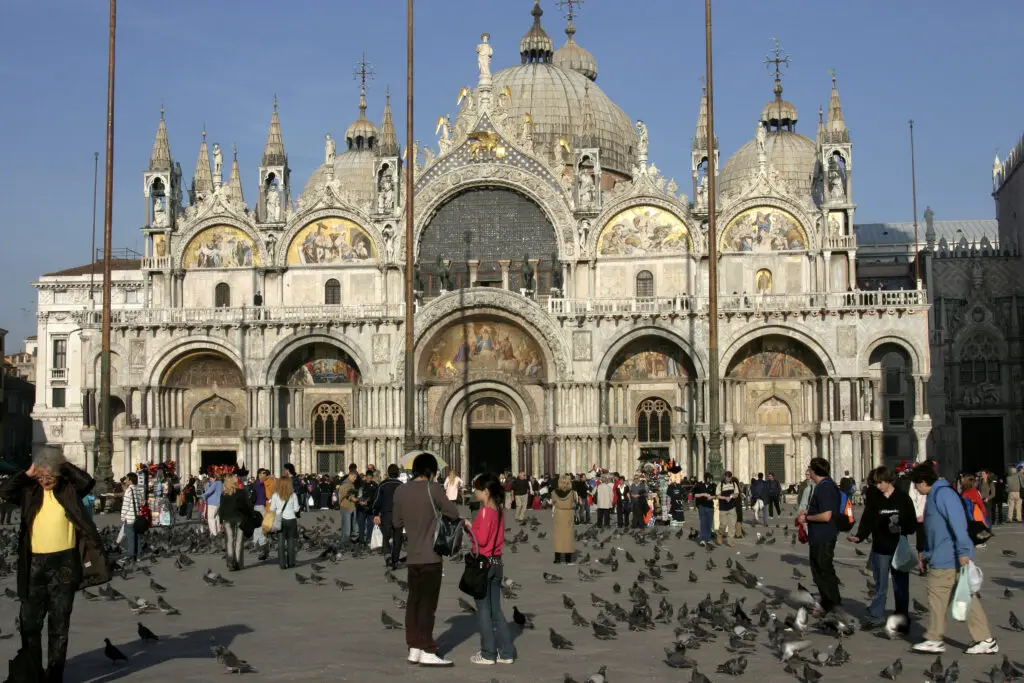
In old English folklore, St. Mark’s Eve was a night when people could see visions of who would die in the coming year. If you sat silently in a church porch between 11 p.m. and 1 a.m., ghostly figures were said to appear. Some claimed they even saw themselves, which meant their own death was near.
The ritual was both dreaded and irresistible. Many communities told stories of those who tried it and were forever haunted by what they saw. Just the thought of waiting alone in the dark, listening to the wind and imagining ghostly footsteps, is enough to give anyone goosebumps. It’s one of the creepiest traditions tied to superstition.
12. Día de Todos los Santos in Guatemala
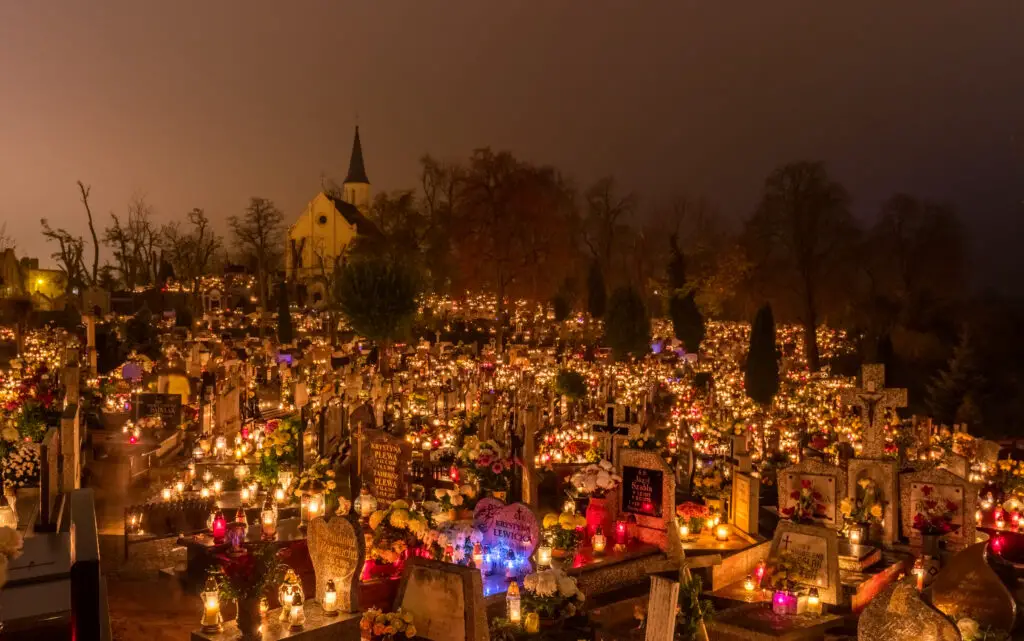
In Guatemala, Día de Todos los Santos is marked with giant, colorful kites flown high into the sky. The belief is that the kites help communicate with the spirits of loved ones. Watching massive kites soar above cemeteries is both beautiful and eerie.
Some kites are so big they require entire teams to launch. Locals say the sound of the kites whipping in the wind is like whispers from the dead. It’s festive, but the connection to spirits gives it an otherworldly quality. The skies become a canvas where the living and dead share space for one day.
13. Awuru Odo Festival in Nigeria
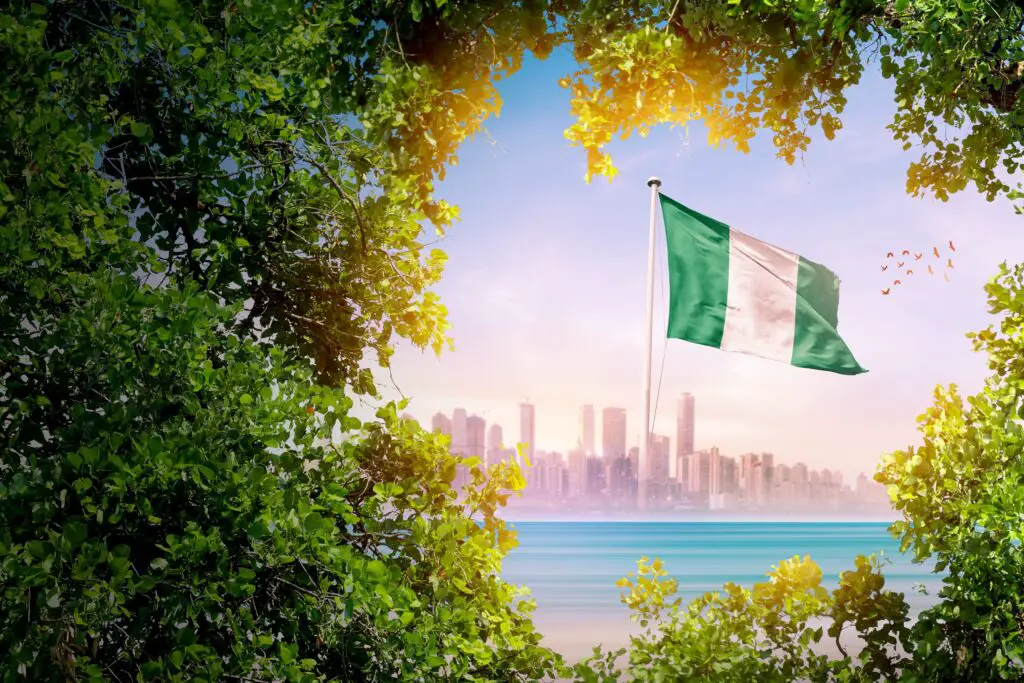
Among the Igbo people of Nigeria, the Awuru Odo Festival celebrates the return of the dead to visit the living. Every two years, it’s believed that spirits come back for several months before departing again. Villagers welcome them with masquerades, music, and feasts.
Seeing masked figures dance through the streets is thrilling but also unsettling. The masks represent spirits, and the performers are treated as if they are truly the dead. The line between play and reality blurs in ways that can send shivers down your spine. It’s both joyous and a little terrifying to welcome the dead so directly.
14. La Toussaint in France
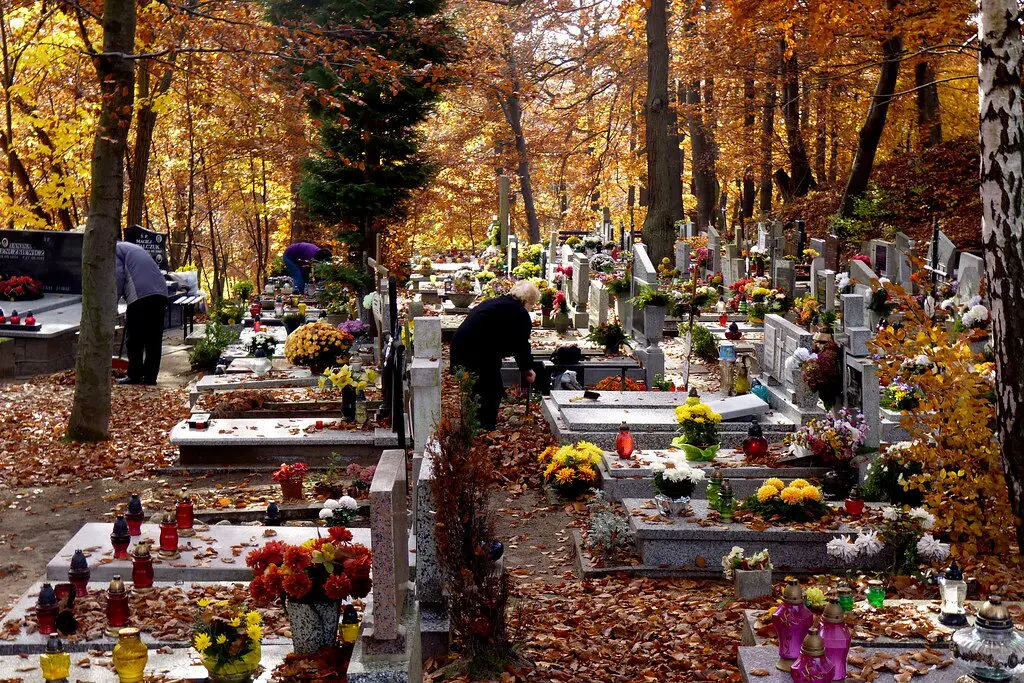
La Toussaint, or All Saints’ Day, is a solemn occasion in France when families decorate graves with chrysanthemums. Cemeteries fill with flowers, creating a quiet but slightly unnerving atmosphere. The belief is that this honors the saints and departed loved ones.
The hush of the day, combined with the sight of endless flowers among gravestones, can feel haunting. Even though it’s about respect and remembrance, the stillness of French cemeteries makes it spooky. The sheer weight of history in these spaces adds to the mood. It’s a tradition that turns mourning into something eerily beautiful.
15. Día de las Ñatitas in Bolivia
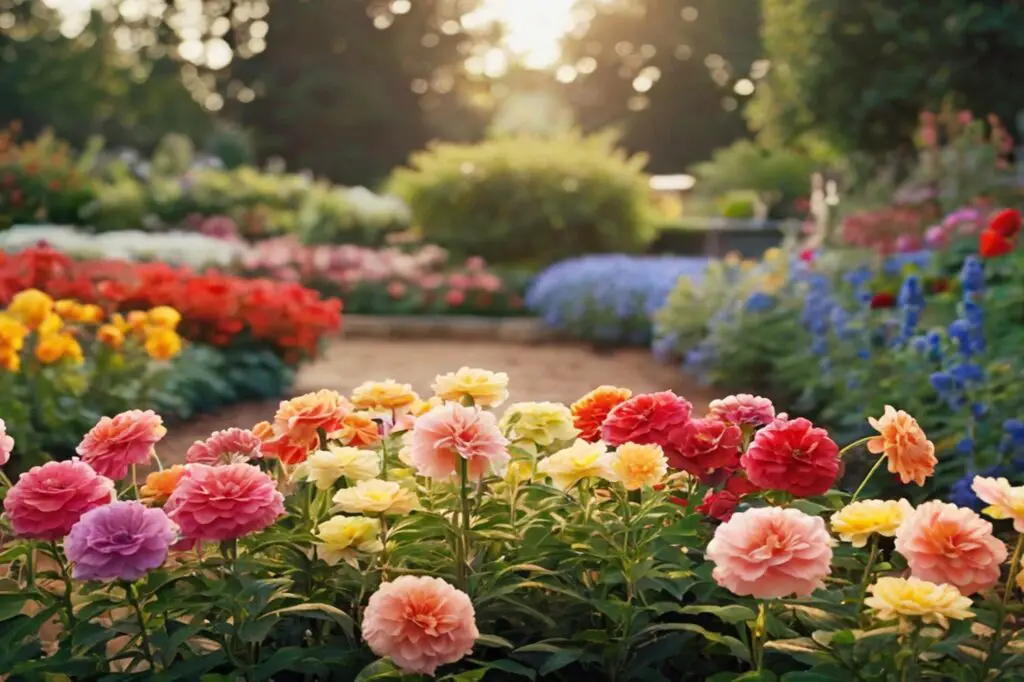
In Bolivia, Día de las Ñatitas is one of the most unusual traditions. Families keep human skulls in their homes, often decorating them with flowers and cigarettes. Once a year, the skulls are taken to cemeteries for blessings.
It’s believed these skulls protect the household and bring good luck. But the sight of skulls dressed up like beloved family members is undeniably spooky. People talk to them, pray to them, and treat them as honored guests. It’s a tradition that blurs the line between reverence and the macabre.
16. Halloween in the United States
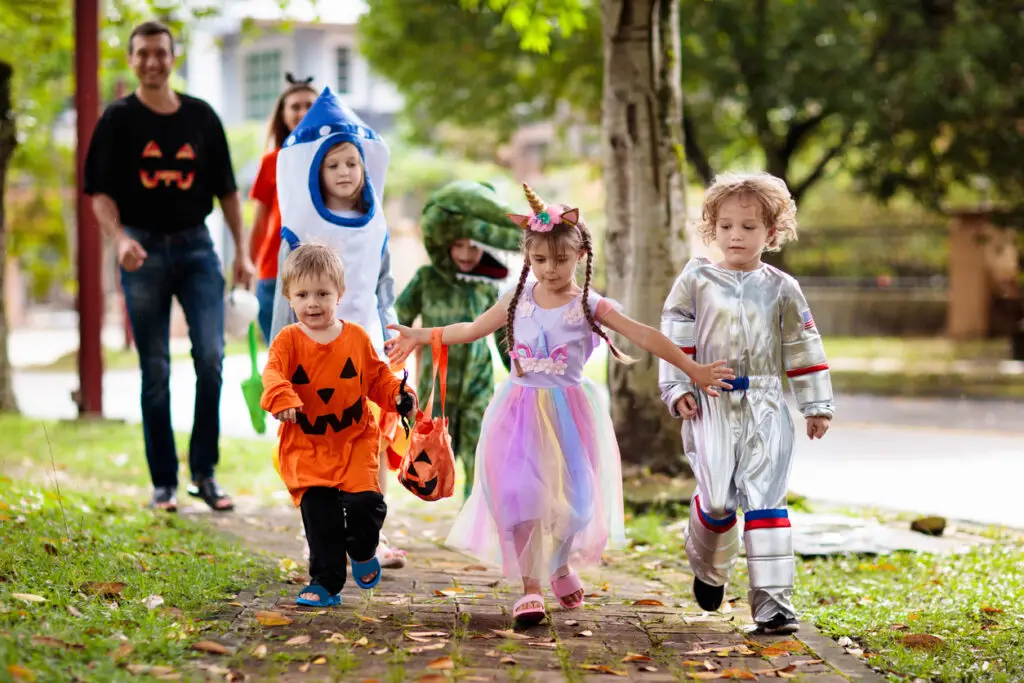
Of course, Halloween as we know it in the U.S. is rooted in old spooky traditions. Trick-or-treating, haunted houses, and ghost stories have become playful ways to confront fears. But when you peel back the fun, the holiday is still about death and the unknown.
The decorations—skeletons, witches, and ghosts—are all echoes of ancient fears. Walking through a dark neighborhood lit only by jack-o’-lanterns can still make your heart race. Even though it’s commercialized today, Halloween carries a chilling legacy. It’s proof that humans everywhere need a night to dance with their fears.
